A website is not just the "online face" of a business, but also a marketing - sales - customer care channel available 24/7. However, many businesses invest in websites but still do not achieve results. Let's explore with MIMA 6 common reasons why websites fail, along with specific solutions based on strategic thinking, not technicality.
Misunderstanding the Nature of a Website
Mistaking a Website as Just for Show
Many businesses create websites because they see others doing it, for the need to "mark their presence", without clearly understanding the role of website design in proactively finding customers. A website that doesn't appear on Google and isn't found by customers is almost... nonexistent.If the core role is not correctly understood, even the most beautiful website cannot bring practical value.
Lack of a Clear Keyword Strategy
A website not built on a keyword foundation is a website without a foundation to develop. Many people write content based on feelings, according to product descriptions - but do not research the keywords users are searching for. As a result, the article is good, but... no one reads it because no one knows about it.
A keyword strategy is an important foundation for Google to understand what your website is about, and then distribute it to the right people who need it. Without keywords, without a standard SEO structure, even invested content cannot promote its value.

Over-Trusting the Website Development Unit
Leaving Everything to the Design Unit
Most businesses today choose to hire a website development unit and... give them full control, from design, content, to SEO direction. In reality, most design units only perform the technical part of the interface, while marketing - SEO - growth strategies are not within their scope of work.
Leaving everything to the website development unit leads to many serious consequences:
- The website is completed but has no visitors.
- Does not appear on Google, losing the opportunity to reach potential customers.
- Does not generate orders, does not bring real business value.
- Lack of long-term operation strategy direction, making the website ineffective in the long run.
Lack of Content and SEO Control After Handover
After completing the website, many businesses do not have anyone to take over the content, do not update articles, do not implement an SEO plan. Therefore, the website is not updated by Google regularly, does not generate new indicators, and gradually falls out of search results.
A website without a "caretaker" is like a store without employees. No matter how beautiful or clean it is, if no one welcomes customers, no one will come in.
Greed for Cheap Prices, Sacrificing Quality
Choosing a cheap website - receiving low performance
Quite a few businesses choose to create a website with a low budget, thinking that "as long as it exists, it's fine." However, what they often forget is that Google does not rank low-quality websites - from slow page loading speed, outdated interface to copied content. And clearly, customers are also unlikely to trust an unprofessional website.
Common limitations when designing a cheap website include:
- Lack of investment in clean code and security, prone to errors and difficult to upgrade.
- Not optimized for SEO standards, making it difficult for Google to understand and not prioritizing display.
- The interface lacks professional UX/UI, reducing the user experience.
- There is no content development or marketing strategy included, leading to a "dead web."
As a result, you think you have saved initial costs, but you have to spend many times more to repair and optimize - or worse, have to redo the website from scratch, which is both time-consuming and costly.
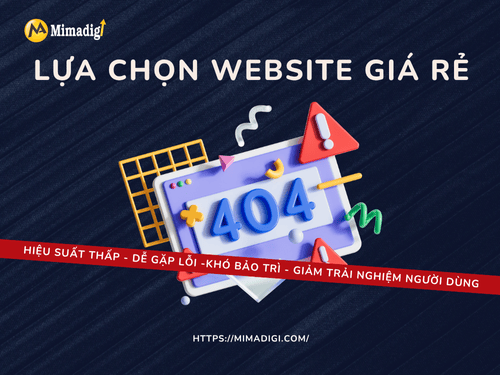
Does not meet Google's strict criteria
Google is increasingly raising requirements for website maintenance: page loading speed, mobile experience, in-depth content, copyright, expertise,... These criteria cannot be achieved if the website is only invested at the "presence" level.
Not Knowing How to Create Viral Website Content
Content does not correctly orient user behavior
Most websites today fall into the situation: writing articles but not with the right customer insights, not following search behavior and not sticking to target keywords. Although there is a lot of content, it does not generate traffic and is not highly appreciated by Google.
Worse, many businesses copy content, or use template content, lacking creativity and not bringing value to readers. As a result, the website drops in rankings, cannot go viral, cannot break through despite existing for many years.
Using AI but not knowing how to use it effectively
AI is a very powerful tool, but it is only really effective when users know how to ask the right questions, clearly orient content and strictly review the output.
If AI content is used mechanically, without editing, without understanding SEO techniques, businesses risk turning the website into a "content dump", lacking depth, not personalized and even being underestimated or penalized by Google.
Common risks when using AI incorrectly:
- Duplicate content or keyword stuffing, causing discomfort to readers and easily detected by Google.
- Lack of brand personality, not creating differentiation from competitors.
- Does not stick to user search behavior, leading to no traffic despite long articles.
- Not optimizing title tags, meta, heading, making it difficult for Google to understand the content structure correctly.
In the age of AI boom, human thinking and content quality control are even more important. Writing is not just to have an article, but to meet the right needs - the right SEO standards - the right customer insights, thereby helping the website rank sustainably and create real conversions.
Lack of a Professional SEO Companion
No SEO guidance leads to disorientation
SEO is a long process, requiring updated knowledge and a clear strategy. Many businesses assign it to "concurrent" employees, without practical experience, leading to doing it wrong, doing it incorrectly or even being penalized by Google. Not having an SEO strategy leader is like going to sea without a compass - you can get lost and never reach your destination.
Mistaking SEO as just writing articles or attaching tags
Modern SEO is a system: technical - content - UX - backlink - speed - data analysis. Misunderstanding the concept of SEO will cause businesses to misjudge the effectiveness, do less, do wrong, do poorly - and then conclude that SEO is "ineffective". In fact, correct and sufficient SEO always brings the highest long-term profits in all online marketing channels.

Focusing on the Interface, Forgetting Google Rankings
Beautiful does not mean effective
Many businesses spend a lot of money on the interface: eye-catching colors, motion effects, creative layouts... with the expectation of creating an impression on customers. But they forget a basic thing: if customers don't see you on Google, then all that beauty is meaningless.
Some common mistakes when focusing too much on the interface and forgetting SEO:
- Not optimizing page loading speed, causing user experience to be interrupted and Google to underestimate.
- Beautiful design but not mobile-friendly, while most users access from phones.
- Complex interface makes it difficult for Google to crawl content, affecting indexing.
- Lack of clear content structure (heading, breadcrumb, schema) reduces the ability to reach the top.
A beautiful interface is a factor to retain, create an impression, and help increase conversions. But SEO is the door to bring users to you. Without a ranking on Google, your website, no matter how aesthetically perfect, is still in the dark - no one knows about it, no one visits.
Google doesn't care about the interface - it only cares about experience and content
Google's algorithm cannot read designs. What they understand is whether the content you write is valuable, whether the page loading speed is fast, whether the page structure is easy to understand. If your website is beautiful but empty of content - it's like a showroom with no products to sell.
Solutions to Help Business Websites Rank on Google Effectively
Understand the search market and the industry's keyword set
The first step to building an effective website is not designing an eye-catching interface, but researching keywords strategically. Businesses need to understand that in their industry - from fields, products to services - there are millions of keywords that potential customers are searching for every day. The important thing is to select keywords that have:
- Directly related to the products/services that the business provides
- High search volume, clearly showing market demand
- Reasonable competition ratio, enough potential to SEO to the top
- Suitable for the purchase journey, from learning to deciding
Only when you understand what users are looking for will you know what you should write, how to deploy content, how to optimize the interface and structure the entire website accordingly. A website built around truly valuable keywords will increase the ability to appear on Google and thereby open up opportunities to convert orders naturally and sustainably.
Not just building a website - but also marketing for the website
Many businesses think that just having a website is enough. But in reality, website design is just a launchpad, and for it to "fly", it needs a marketing system to support it. A website cannot generate users itself - it needs content, advertising, sharing, interaction and links to be recognized and prioritized by Google.
An effective marketing strategy for a website needs to include at least hundreds to thousands of SEO-standard articles, a backlink system from reputable sites, running Google Ads, optimizing social media sharing and maintaining steady traffic. This is what most web developers do not provide - but it is a vital factor for the website to develop sustainably and reach the top quickly.
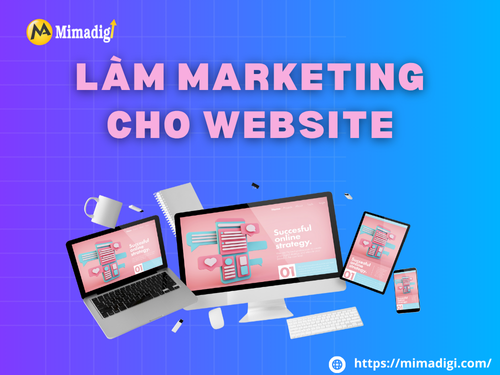
Invest in quality - don't choose cheap solutions
Google highly appreciates websites with quality content, standard UX interface, fast loading speed, and high security. These things require a team of experts and serious investment in time, effort and cost. Meanwhile, cheap website design packages often cannot meet these increasingly high standards from Google.
Combine AI into the content strategy effectively
In the age of AI boom, many businesses use tools like ChatGPT to create website content. However, if you only rely on AI without keyword orientation or SEO optimization, the content is easily repeated, lacks depth and is difficult to rank on Google.
AI helps speed up writing, but human thinking is still needed to guide and control quality. When properly combining AI and SEO strategy, you will have quality content, easily trending and significantly saving both time and cost.
Partner with an SEO professional to shorten the time to reach the top
SEO is not a skill that can be learned quickly in a few days and then applied systematically. To make a website rank on Google sustainably, you need someone who can "take care of the website" - understand algorithms deeply, know how to build an overall SEO strategy, optimize technical aspects, content and regularly monitor - evaluate - adjust according to each stage of website development.
- Therefore, if your business does not have in-depth SEO personnel, look for:
- Experienced SEO experts, with a good understanding of Google trends and algorithms
- Reputable SEO service providers, with clear processes and commitment to a roadmap
- Internal SEO training solutions, to build a proactive and flexible SEO team
- Strategic companion, helping you avoid mistakes, save time and optimize costs
The companionship of the right professional not only helps you significantly shorten the time to reach the top, but also ensures that the website develops in the right direction, safely and brings sustainable results for the business.

Top 10 Frequently Asked Questions (FAQ)
1. Why does a business website have no customers after it is completed?
Answer: Because the website has not been SEO optimized, it does not appear on Google. In addition, a lack of quality content, no marketing strategy or incorrect keyword orientation also prevents customers from finding you.
2. Does building a cheap website affect business performance?
Answer: Yes. Cheap websites often lack investment in security, speed, user-friendly interface, SEO and content development strategies - important factors to attract customers and achieve high rankings on Google.
3. Should I only focus on designing a beautiful interface for the website?
Answer: No. The interface only works when users visit the website. SEO is what helps users find you. A beautiful website without traffic still does not bring business value.
4. Does AI content help websites rank on Google?
Answer: AI can help create content quickly, but to rank on Google, the content still needs clear keyword orientation, SEO standards, meets the needs of readers and is reviewed by humans to ensure quality.
5. What should a business do if it doesn't have anyone doing SEO?
Answer: You should cooperate with an SEO expert or reputable unit. They will help you build a strategy, implement it methodically, and can train internal teams to proactively maintain long-term effectiveness.
6. How long does it take for a website to rank on Google?
Answer: Usually from 3 to 6 months, depending on industry competition and the quality of SEO implementation. With a correct plan, suitable keywords and quality content, this time can be significantly shortened.
7. Why is it necessary to research keywords before building a website?
Answer: Keywords reflect the actual needs of searchers. When building a website around a suitable set of keywords, you can easily reach the right customers and increase the ability to appear on Google.
8. Is it necessary to invest in many articles for the website?
Answer: Yes. A website that wants to rank needs a system of SEO-standard articles to expand topics, retain readers and increase credibility with Google. Few articles = few opportunities to appear.
9. Does the website need to run Google Ads?
Answer: Depends on the goals. Advertising helps increase traffic quickly, especially in the early stages. However, for sustainable development, you still need SEO and quality content in parallel with advertising.
10. What can MIMA support businesses with?
Answer: MIMA not only designs websites but also provides comprehensive solutions: keyword research, content development, SEO implementation, team training and performance monitoring. We accompany you from the beginning until you reach the top of Google.
MIMA – A companion unit to help you bring your website to the top effectively
All the above problems will be comprehensively solved at MIMA - a website design and development unit specializing in SEO and marketing. We not only create a beautiful website for you, but also accompany you from keyword strategy, content deployment, SEO planning, AI application for content, to technical inspection and team training.
SEO Standard Website Design – The Core Foundation for Online Businesses
MIMA specializes in full-package website design upon request, committed to:
- Eye-catching interface, optimizing user experience
- SEO standards from structure to content
- Responsive design - 100% mobile compatible
- Optimize page loading speed - increase user retention
- Integrate contact forms, Google Maps, lead collection forms
Overall SEO Service – Bringing Businesses to the Top of Google Sustainably
MIMA helps businesses reach the right potential customers through:
- Analyzing keywords, markets and competitors
- Optimizing content, images, speed and web techniques
- Building an SEO strategy according to industry, specific goals
- Monitoring, measuring and adjusting campaigns periodically
Contact Information:
- MIMA Trading Service Company Limited
- Tax code: 0318672839
- Address: 31/3B hamlet 43, Dong Thạnh Commune, Ho Chi Minh City
- Hotline: 0909 035 333
- Email: info@mimadigi.com
- Website: https://mimadigi.com/




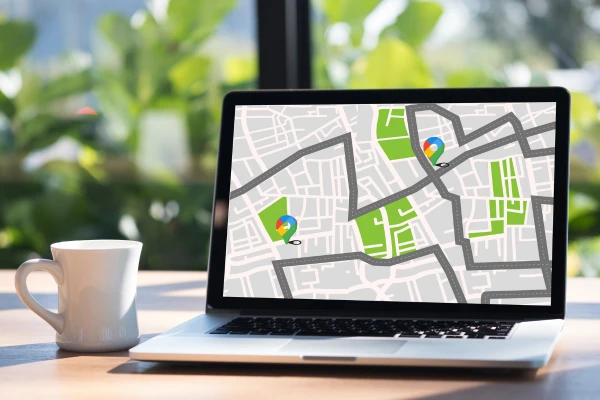
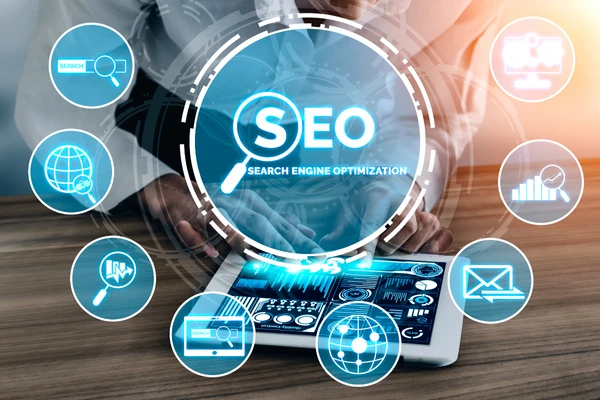





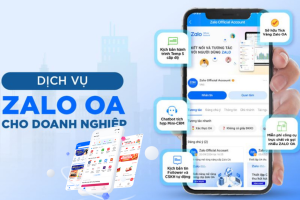
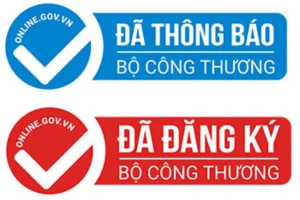


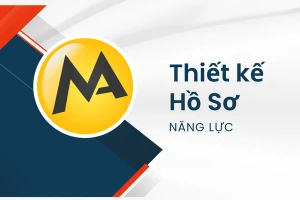




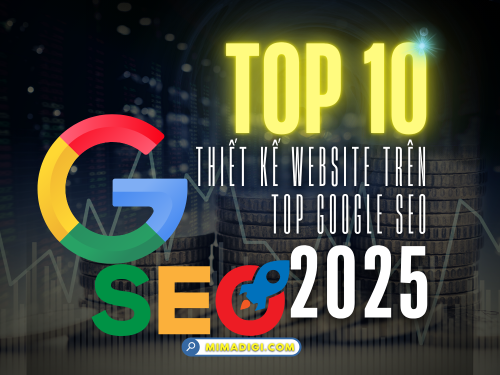


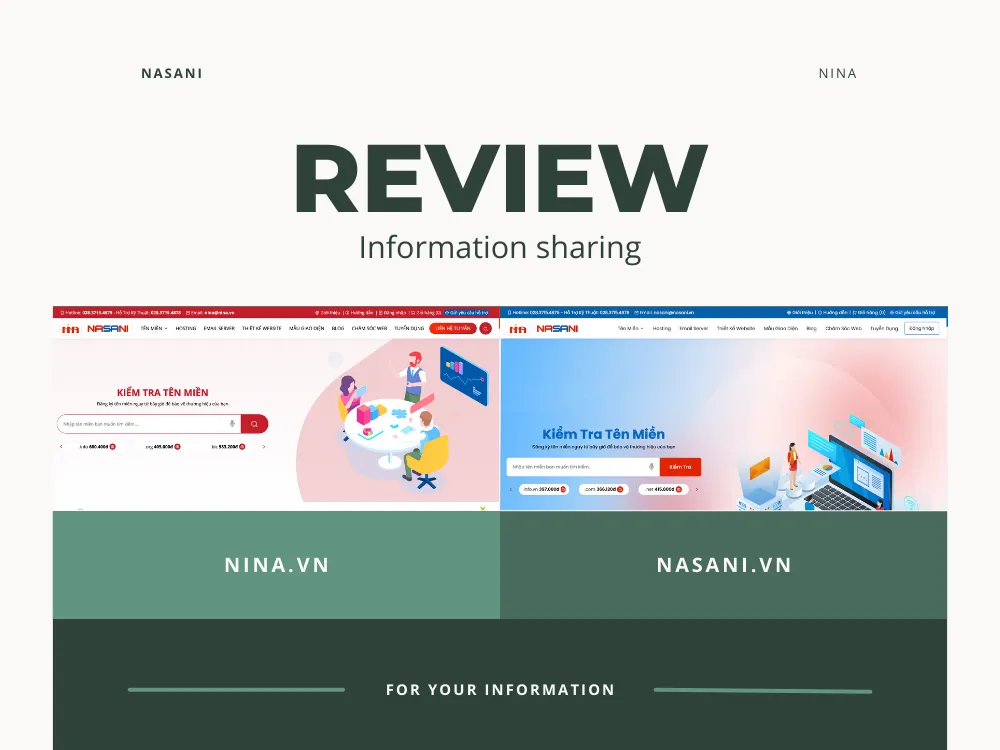


Share your review